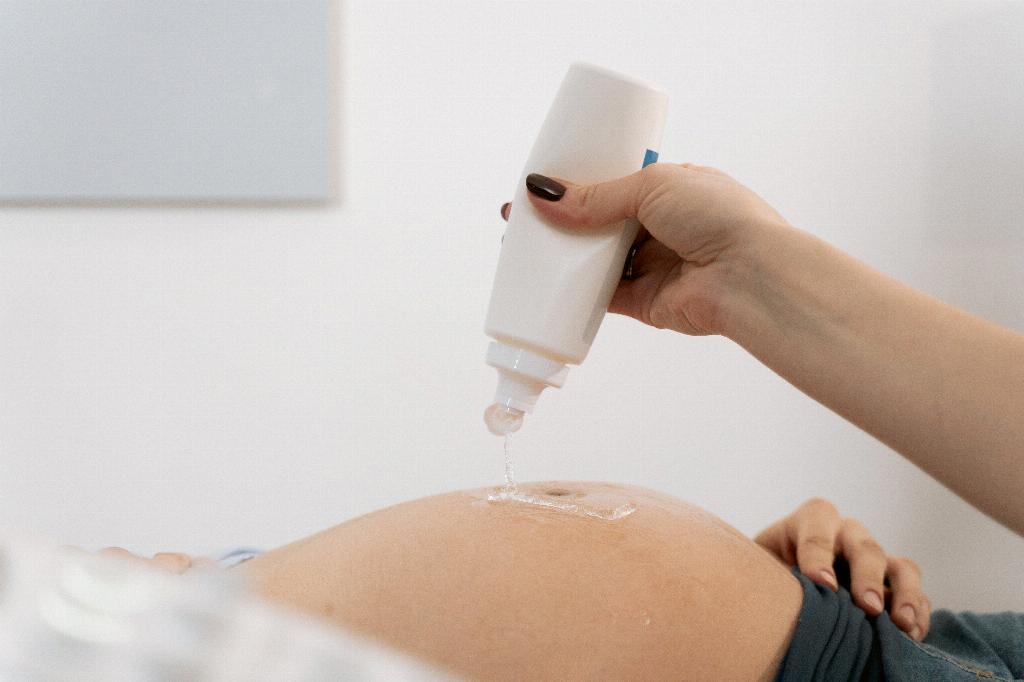During the final stretch of pregnancy, many women may experience lower back pain, especially around 38 weeks. This discomfort is typically attributed to a combination of factors related to the physical changes happening in your body as you near childbirth.
Increased Weight and Pressure
As your baby continues to grow and gain weight in the final weeks of pregnancy, the added pressure on your pelvis and spine can contribute to lower back pain. This increased weight can strain your muscles and ligaments, leading to discomfort in the lower back area.
Hormonal Changes
During pregnancy, your body releases a hormone called relaxin, which helps to loosen the ligaments in your pelvic area to prepare for childbirth. However, this hormone can also affect other joints and ligaments, potentially causing instability and contributing to lower back pain.
Posture and Center of Gravity
As your belly grows larger, your center of gravity shifts forward, causing your back muscles to work harder to maintain balance. This altered posture, combined with the strain of carrying the extra weight, can lead to increased pressure on your lower back and result in discomfort.
Stress and Tension
The anticipation and anxiety surrounding labor and the impending arrival of your baby can also manifest physically as tension and stress in your body. This stress can manifest in various ways, including muscle tightness in the back and contribute to lower back pain.
Sciatic Nerve Irritation
During pregnancy, the growing uterus can sometimes press on the sciatic nerve, which runs from your lower back down the back of each leg. This pressure can cause shooting pain, tingling, or numbness in the lower back and legs, adding to the discomfort experienced at 38 weeks.
Changes in Pelvic Alignment
As your body prepares for labor and delivery, the ligaments and joints in your pelvis may begin to loosen and shift. These changes can alter your pelvic alignment, potentially leading to imbalances that result in lower back pain.
Pressure on the Sacroiliac Joints
The sacroiliac joints, located at the back of the pelvis, can experience increased stress and pressure during pregnancy due to hormonal changes and the shifting of your body’s center of gravity. This pressure on the sacroiliac joints can contribute to lower back pain in the later stages of pregnancy.
Fluid Retention and Swelling
Many pregnant women experience fluid retention and swelling, especially in the lower extremities, during the third trimester. This excess fluid in the body can put additional pressure on the lower back and exacerbate any existing discomfort or pain in the area.
Strategies to Alleviate Lower Back Pain
If you are experiencing lower back pain at 38 weeks pregnant, there are several strategies you can try to help manage your discomfort. These include practicing good posture, engaging in gentle exercises or stretches, using heat or cold therapy, getting regular prenatal massages, and seeking support from a healthcare provider or physical therapist.
When to Seek Medical Attention
While lower back pain is common in pregnancy, it is essential to pay attention to any changes or symptoms that may indicate a more serious issue. If you experience severe or persistent pain, sudden swelling, numbness or tingling, or other concerning symptoms, contact your healthcare provider for further evaluation and guidance.
Conclusion
Lower back pain at 38 weeks pregnant is a common issue that many expectant mothers face as they near the end of their pregnancy journey. By understanding the various factors that can contribute to this discomfort and implementing strategies to alleviate pain, you can better manage your symptoms and focus on preparing for the arrival of your little one.

